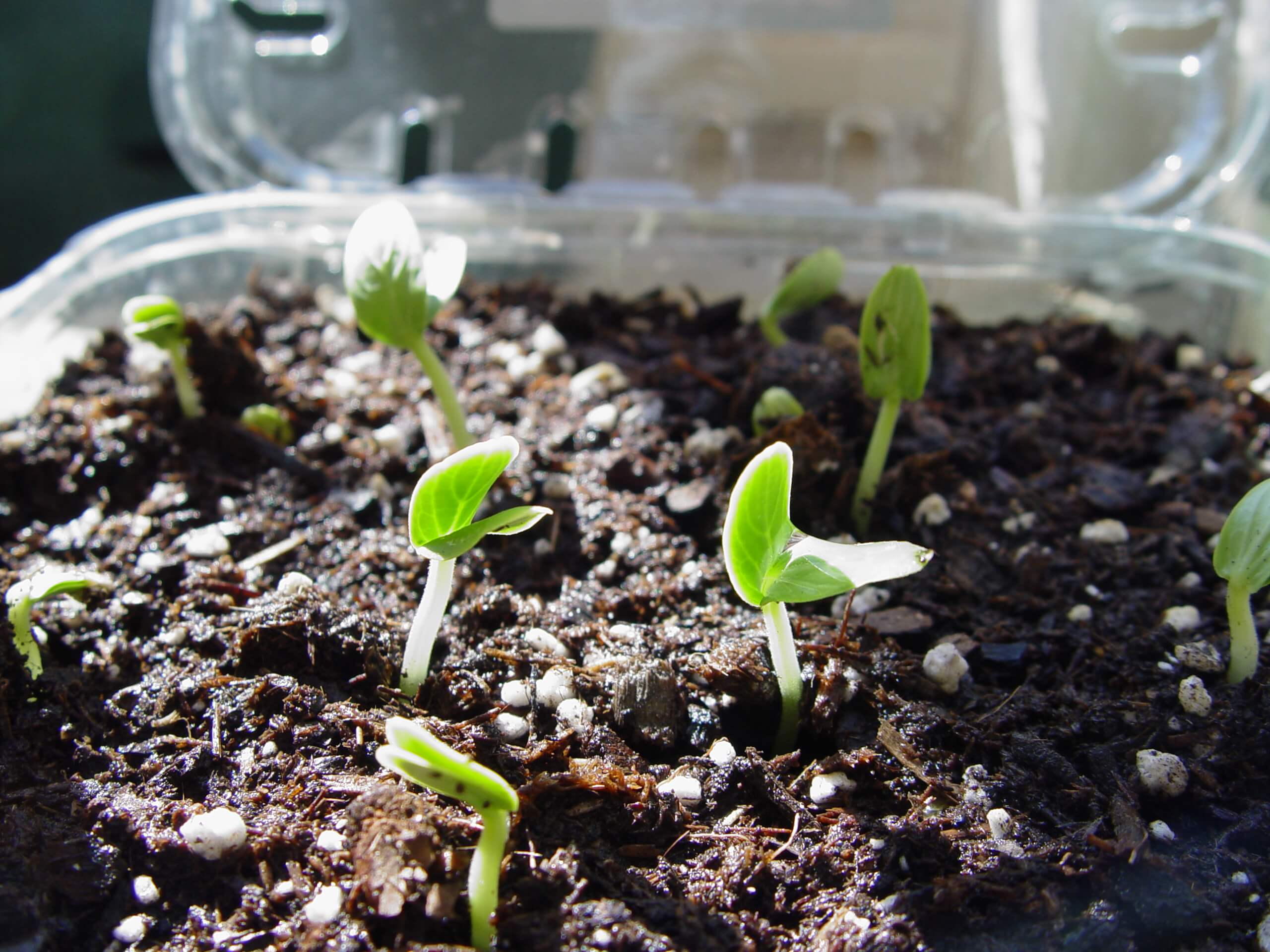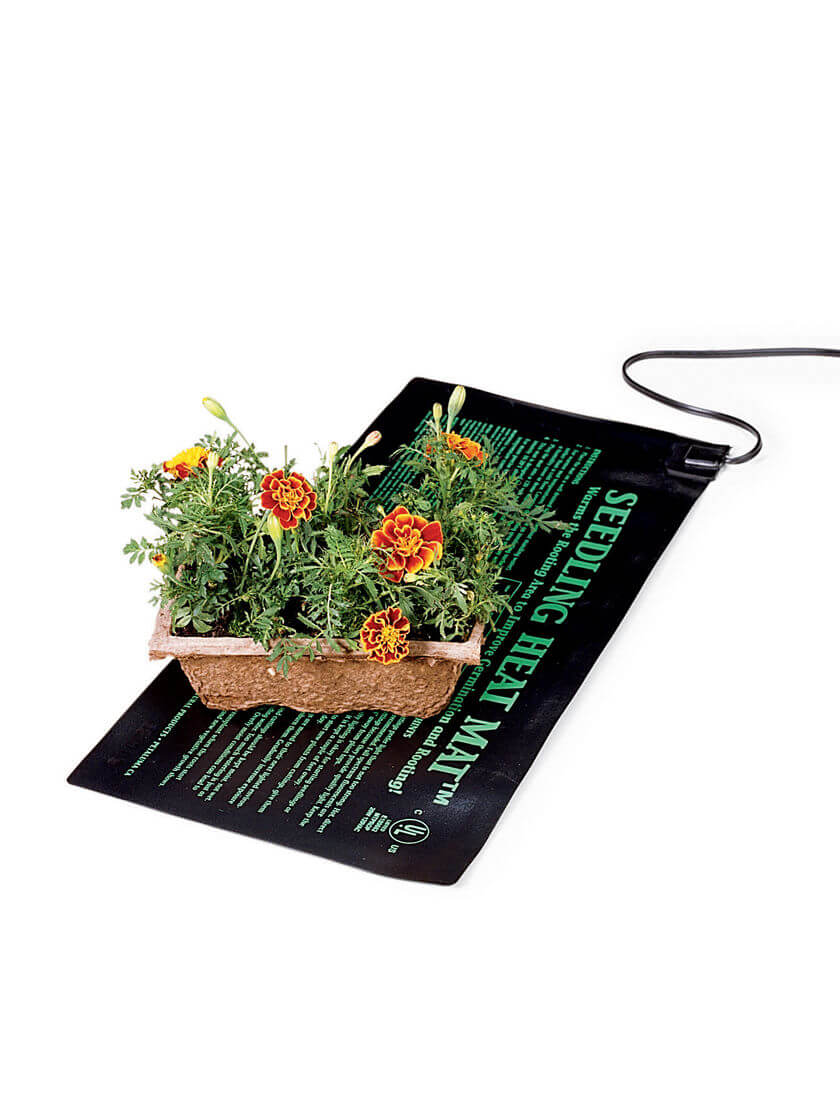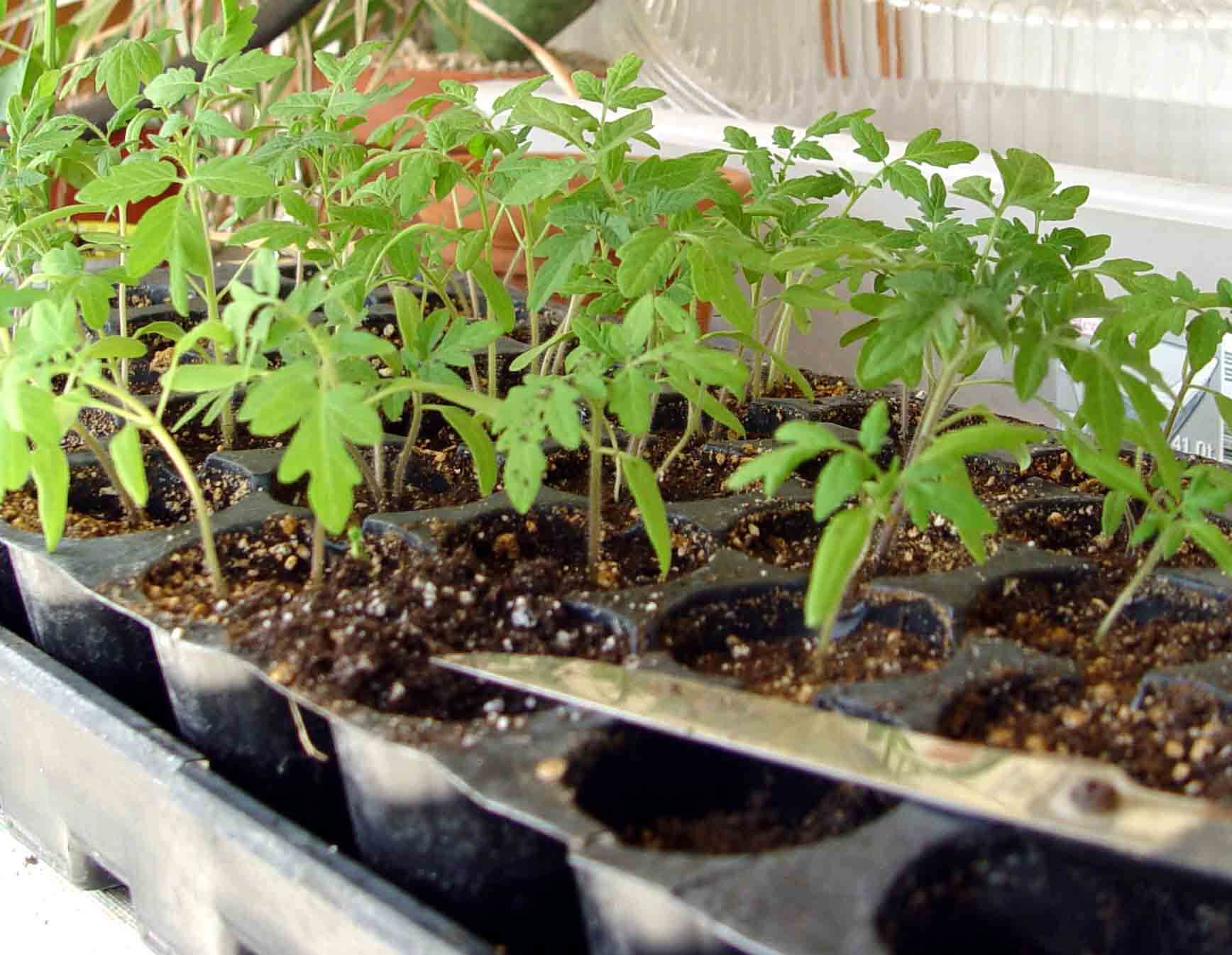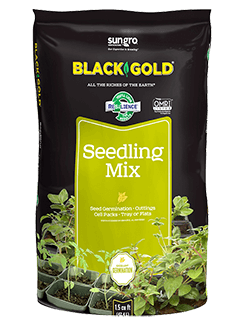
The only way to have heirloom vegetables and flowers in your garden is to grow them from seed. Most heirlooms simply aren’t grown commercially, so they’re not often available as seedlings. To obtain those antique varieties and to savor their long-lost flavors, we must order the seed and start the plants ourselves. This also applies when starting your vegetables in advance of the last frost date as well. Virtually any time you must grow anything from seed it can either be a nightmare or a grand success and getting soil temperature right is essential.
Essential Soil Temperatures

Seeds are programmed to sprout when the soil is warm enough to ensure conditions for vigorous growth. That’s why it’s traditional to start seeds in a sunny window. It’s not that buried seed needs sunlight (though some seeds like lettuce do need light to sprout), but weak winter sun helps to warm the potting soil to kick off germination. Most summer crops require soil temperatures around 70 to 80 degrees Fahrenheit. Cool-season crops will germinate in much cooler ground, the average being 45 to 60 degrees Fahrenheit. Beets, for example, sprout in the coldest earth at 41 degrees.

Cold soil is often the culprit when sown seed fails to germinate, or it takes substantially longer than normal to sprout. Often, delayed germination can cause the seed to rot in the pot before it sprouts. Sitting too long in a very moist or damp conditions encourages damping off, a fungal disease that can wipe out the whole crop of tender seedlings. Avoiding these problems is why bottom heat plays a big part in speeding along this seed germinating process.
Seed-Starting Mats
While perusing your seed catalogs, seek out electric seed-starting mats, which start at about $35 for the smallest size. These are much like a large electric heating pad that’s impervious to moisture. Growers place them beneath the flats to warm the soil from the bottom up to speed germination. It also encourages new roots to grow downward toward the heat source rather than remaining close to the surface of the soil warmed by sunlight. This shapes the roots so that once transplanted, they are better able to access moisture deeper down.

It’s important to use clean seed-starting media when using bottom heat because warmth can stimulate the growth of undesirable organisms. Black Gold Seedling Mix is a quality media that gives seeds and seedlings a good head start. It’s lightweight, porous, and quick to drain, so moisture won’t build up inside a pot to cause seed rot or damping off.
Sowing Seeds
There are two ways to sow seeds. The first method gets a lot of plants germinated without watching a lot of little pots for signs of life. You can start with a small plastic salad box bottom, or something similar, that will be easy to warm with a small seedling heat mat. Plant seeds very close together as they won’t be in there long. Once seeds germinate, use a thin stick to pop out each seedling from well below the roots. Transplant each into a small container of potting soil and place all of these atop the mat to continue deep rooting on the warmth of the mat. If you have a larger heat mat, go straight to seeding individual pots to eliminate the transplanting step.
 Long ago I’d set my sown trays on the wood stove mantle where the rising heat warmed them from below. When seedlings appeared, they were moved to a place with sunlight. Cash-strapped gardeners have devised ingenious alternatives to seedling mats, such as repurposed water-proof outdoor holiday string or rope lights wound up beneath the flats to achieve the same end, though this is not as safe and reliable as tried-and-true seed-starting mats. No matter how you get ‘er done, the key is bottom heat to mimic Mother Nature’s earthy warming many months before she wakes from her winter nap.
Long ago I’d set my sown trays on the wood stove mantle where the rising heat warmed them from below. When seedlings appeared, they were moved to a place with sunlight. Cash-strapped gardeners have devised ingenious alternatives to seedling mats, such as repurposed water-proof outdoor holiday string or rope lights wound up beneath the flats to achieve the same end, though this is not as safe and reliable as tried-and-true seed-starting mats. No matter how you get ‘er done, the key is bottom heat to mimic Mother Nature’s earthy warming many months before she wakes from her winter nap.

